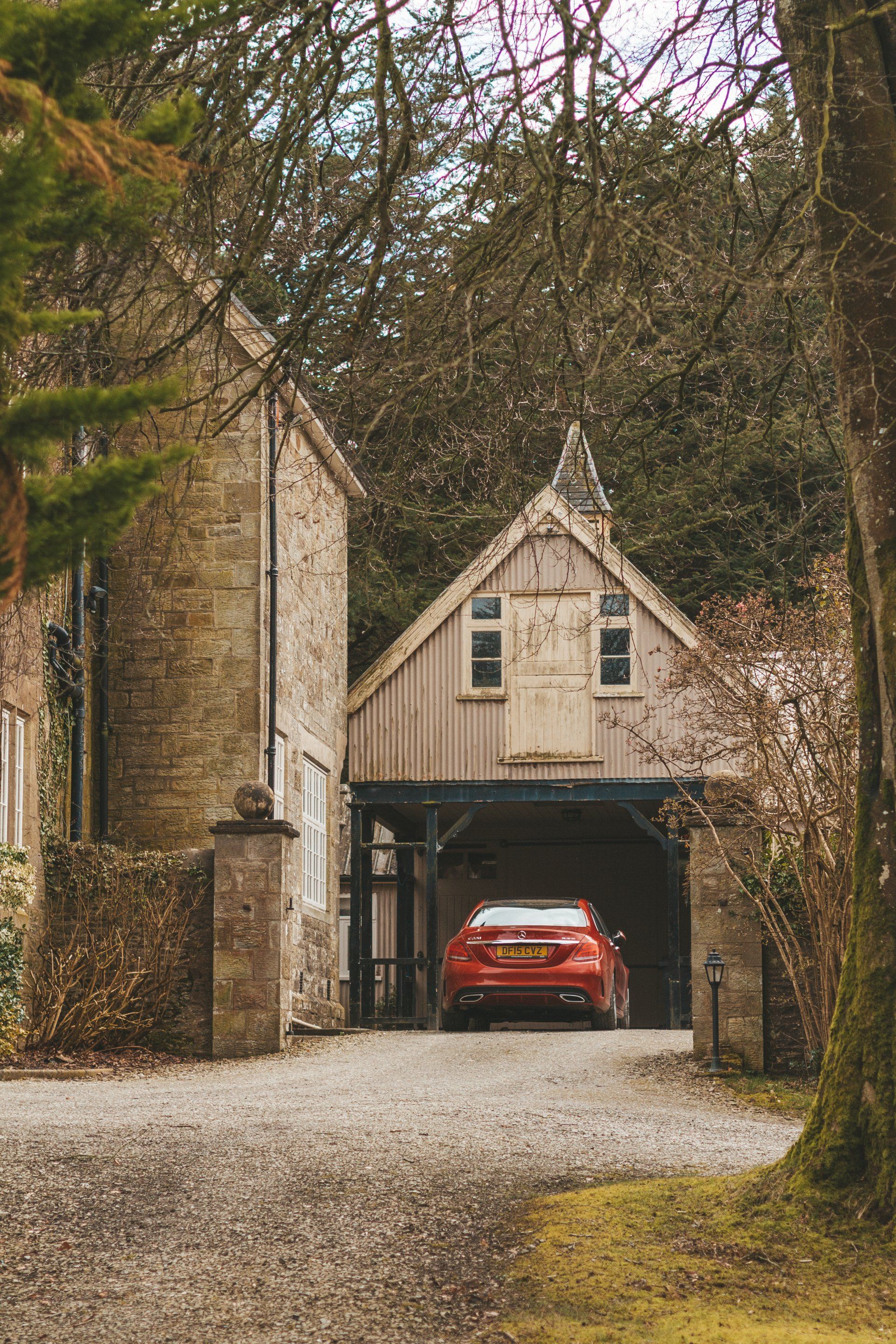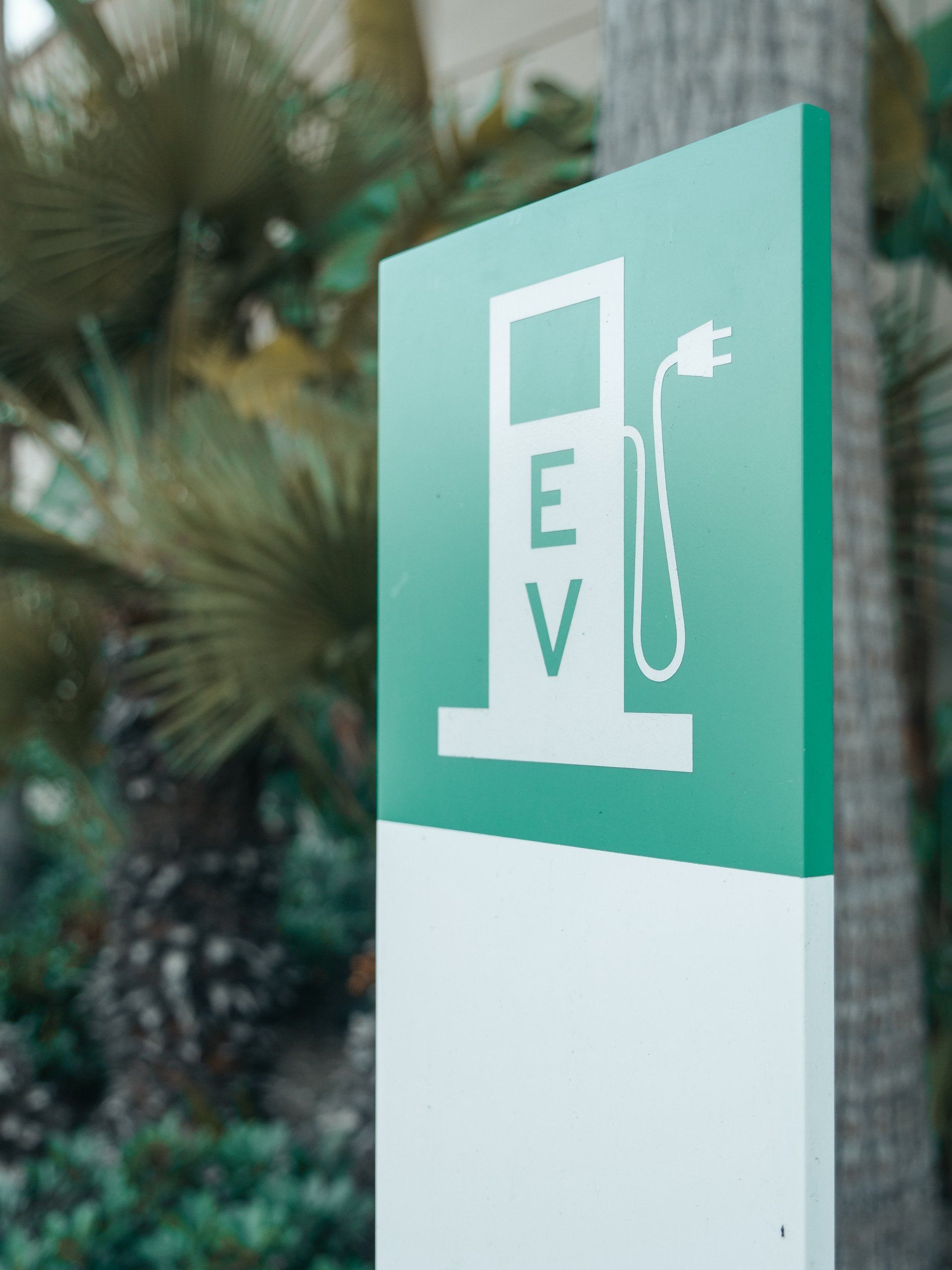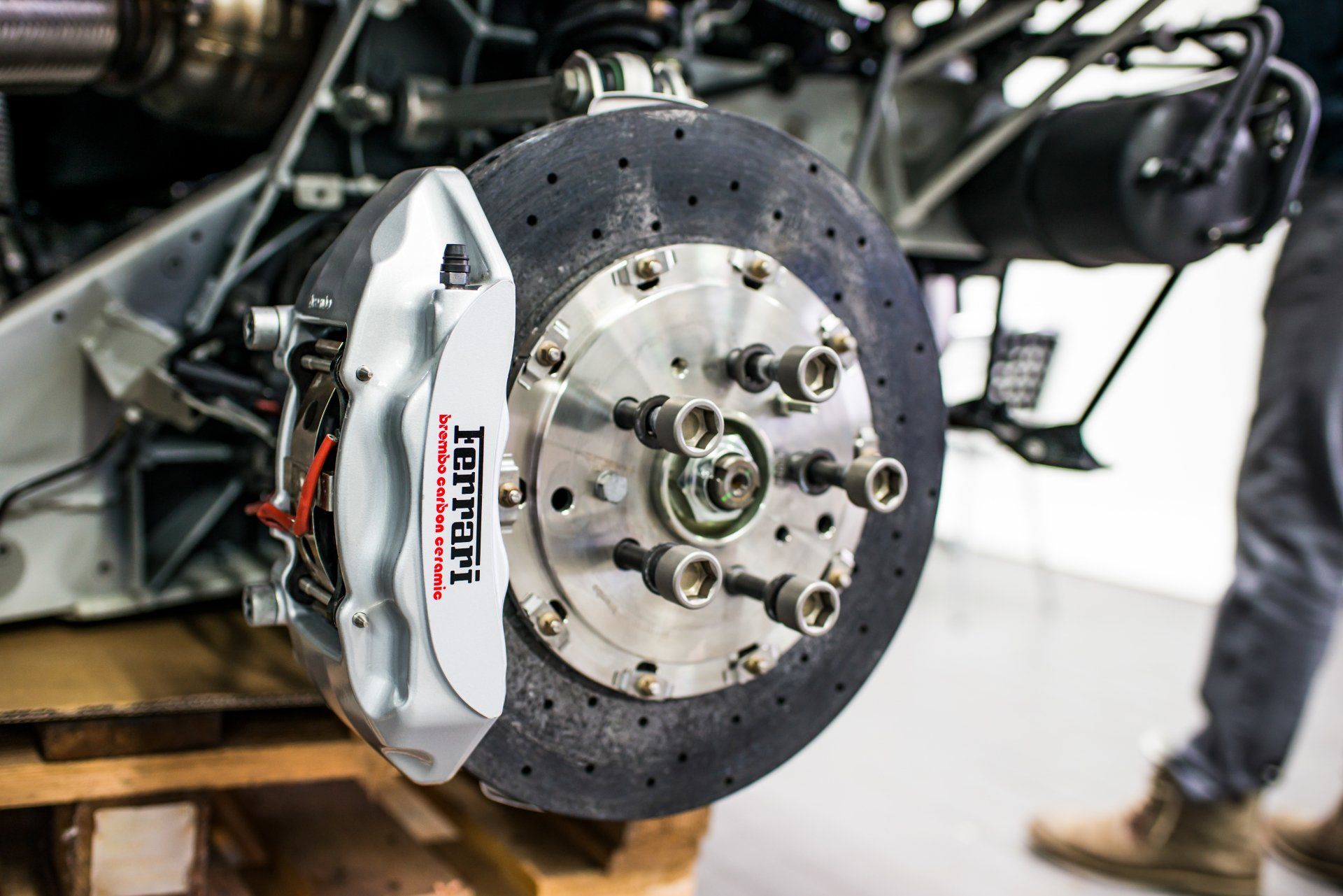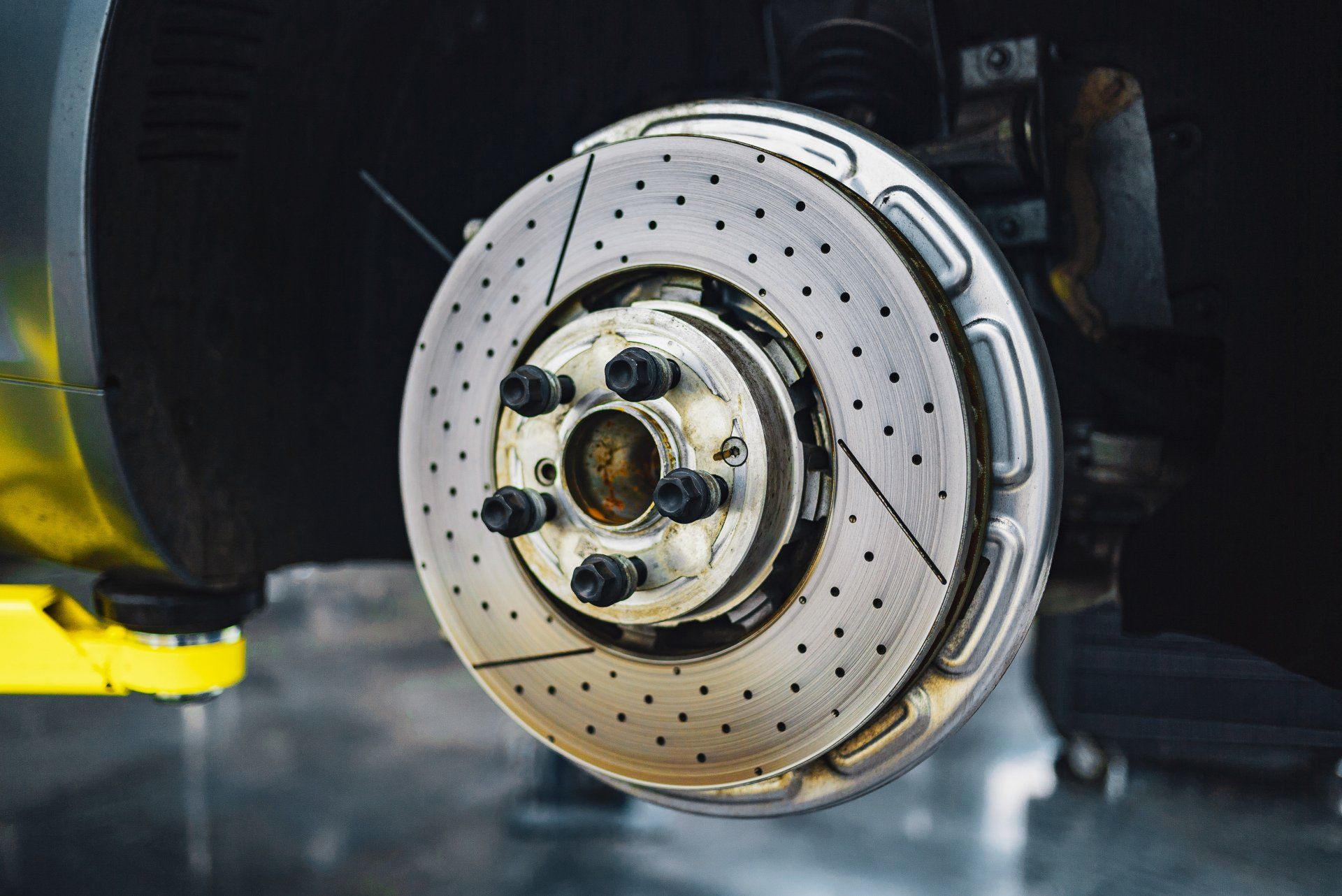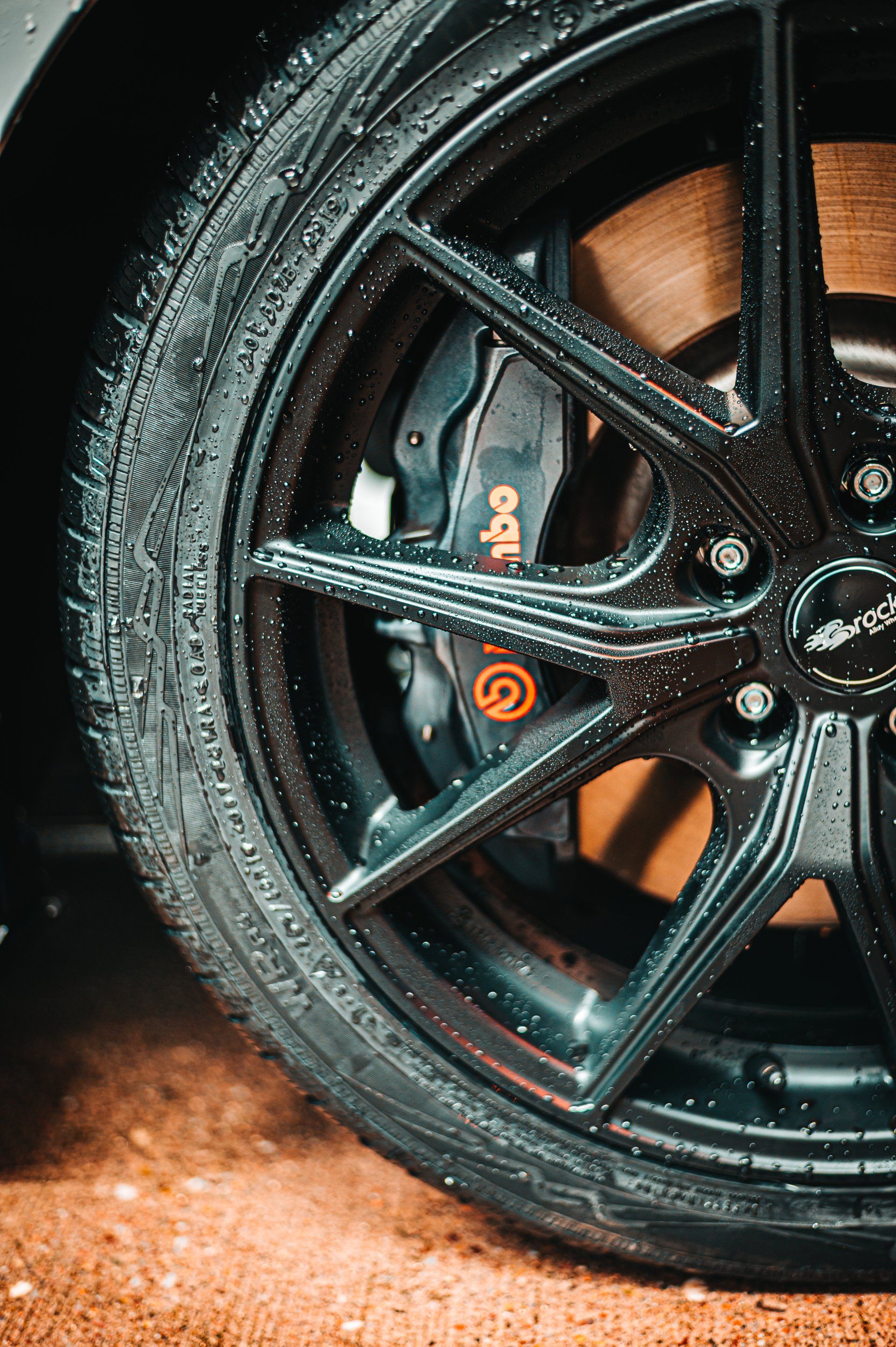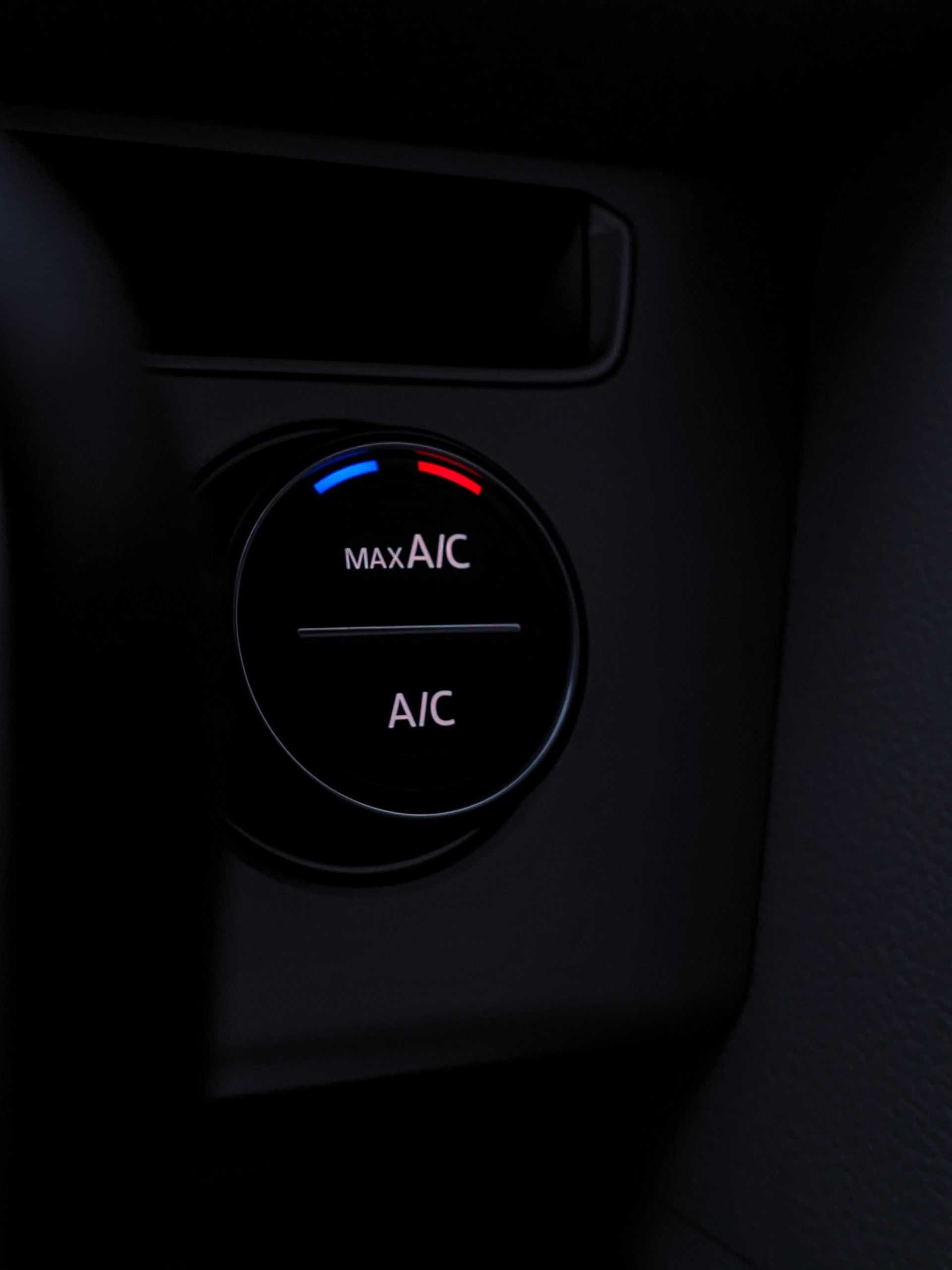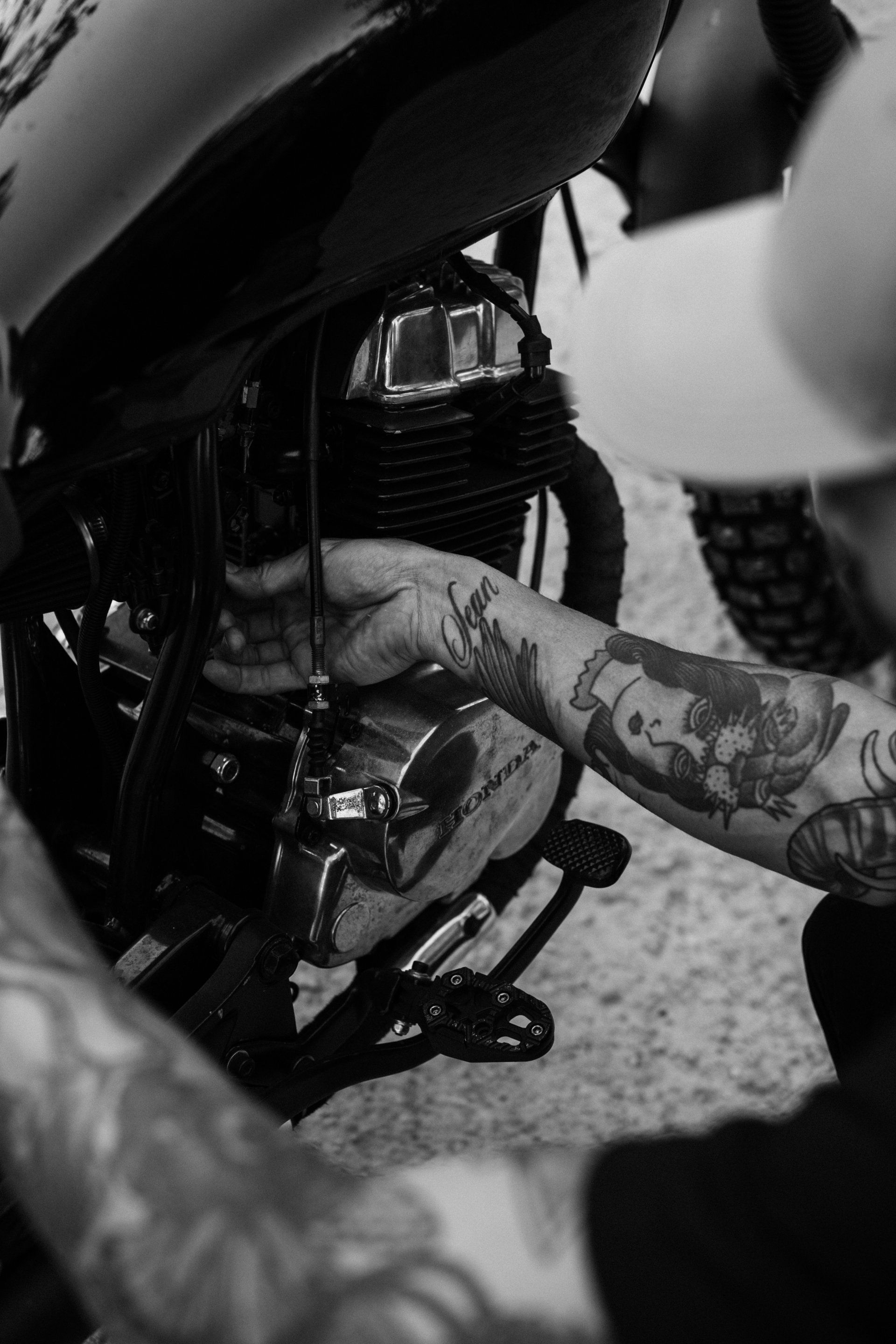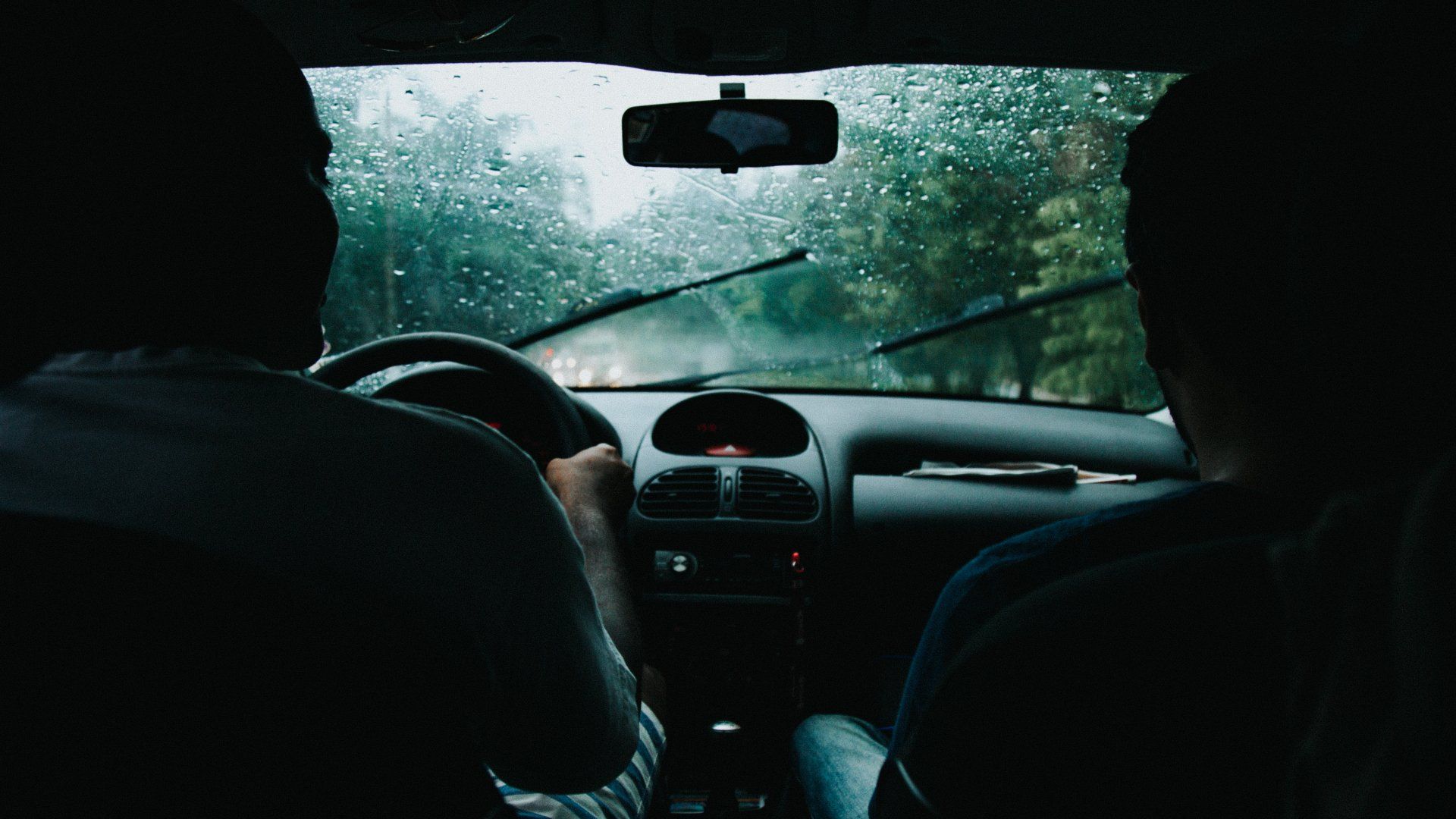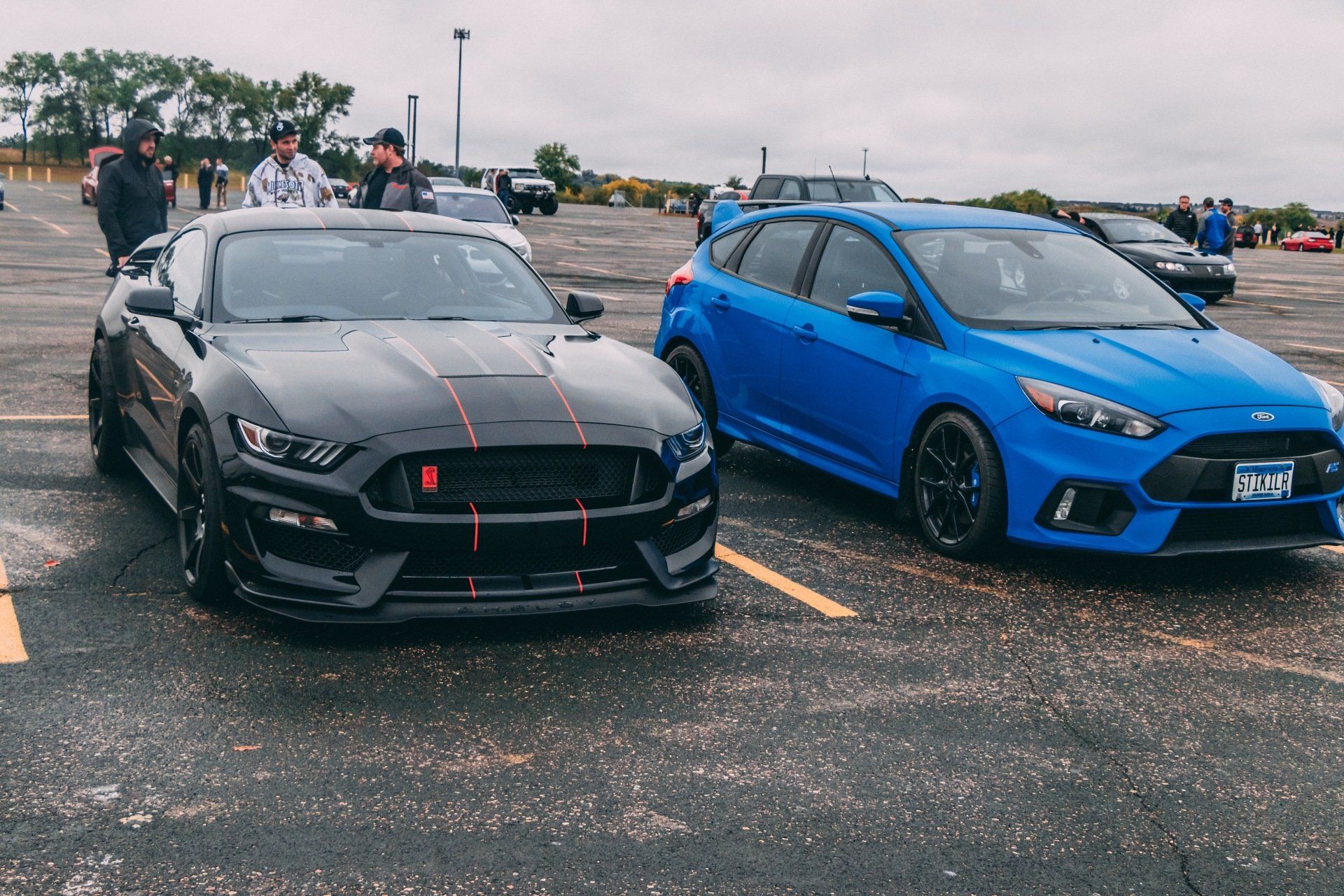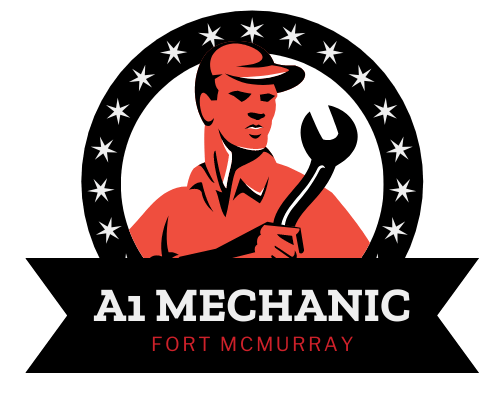Why won't my battery jump?
Why won't my battery jump?
Your car is dead. The battery is dead. You tried to jump-start it, but nothing happened. Is it the battery or something else? Let's see.
Cold weather, old age, and not turning on the lights overnight are all common causes of a dead battery. Your problem is most likely a dead or dying battery. The battery could be damaged or completely dead if you are unable to jump-start your vehicle. You may also experience problems with your car's electrical and mechanical systems.
Safety first before jump-starting any vehicle, always follow the instructions in your owner's guide. A battery can cause severe burns if it contains sulfuric acid. When working with a battery or jump-starting a vehicle, you should always wear gloves and protect your eyes. Contact with acidic battery acids should be avoided.
Batteries
Car batteries do not last forever. Your battery will need to be replaced depending on driving conditions and climate. A defective or internal short circuit can prevent a battery's jump-start. A new battery is the only solution.
Battery Terminals
Pay attention to the condition of your battery terminals. The condition of your battery terminals will affect the electrical flow to the rest. Your car won't be able to jump if the connections are damaged or corroded. The best way to restore electrical power to your car is to remove the ends of the cable and clean the corrosion with a wire brush and tighten the bolts. The "ground" end of the negative battery cable bolts to your engine block. This is often overlooked. You should also ensure that the connection is tight and clean.
Alternator
The car battery can't meet all the electrical needs of the vehicle's electric system. The alternator recharges the car's battery and restores it to its original state. When the engine is running, the alternator supplies current to all electrical accessories. Before you buy a new battery, make sure your alternator is in good condition. Uneven charging can also be caused by a loose or slipper drive belt.
Starter Motor
To spin the starter motor, the battery must provide energy. The engine cannot be started if the starter is defective. A faulty starter is one that makes clicking or grinding noises while the engine does not turn over. A repair shop is your only option.
Safety Switch: Neutral or Clutch
An automatic transmission car's safety switch prevents it from starting until it is in neutral (N) or park (P). The same safety switch is required for manual transmission vehicles. It requires that the clutch pedal must be fully depressed before an engine can start. The engine cannot be started if the safety switch fails or is damaged.
Jumper Cables
Jumper cables that are not properly connected can be dangerous and will stop a jump-start from being successful, even if the battery isn't fully discharged. Jumper cables are not all created equal. Jumper cables that are too short or heavy may not be able to carry enough current or have excessive internal resistance. Make sure you invest in quality jumper cables.
